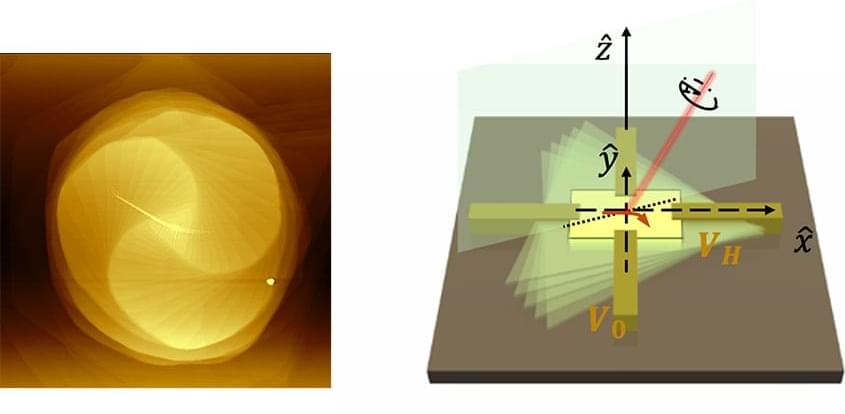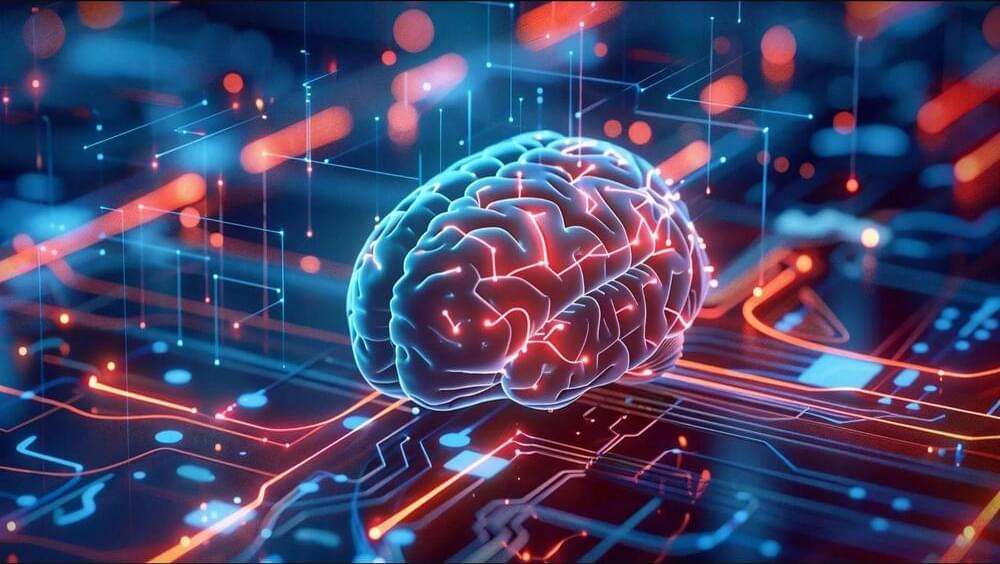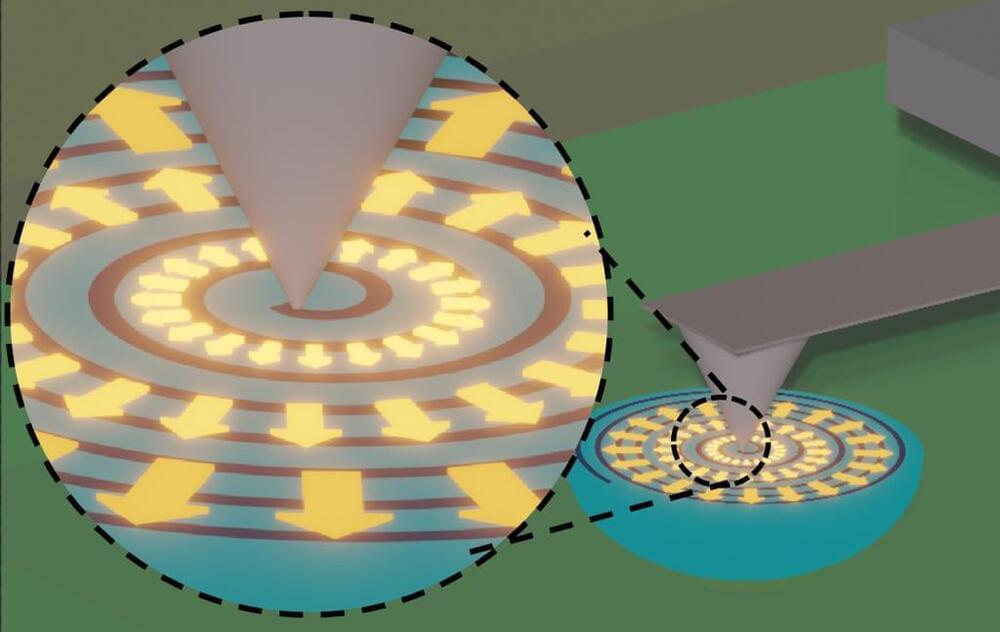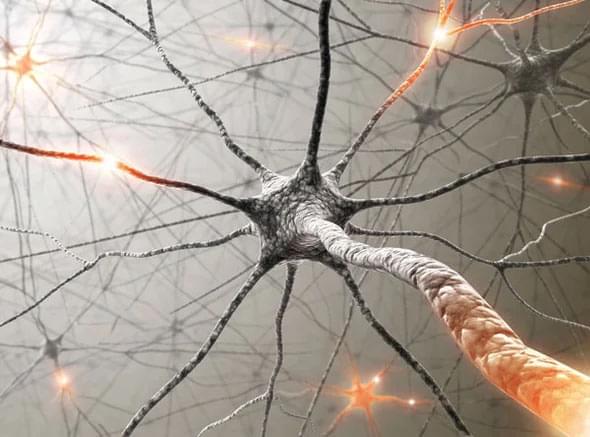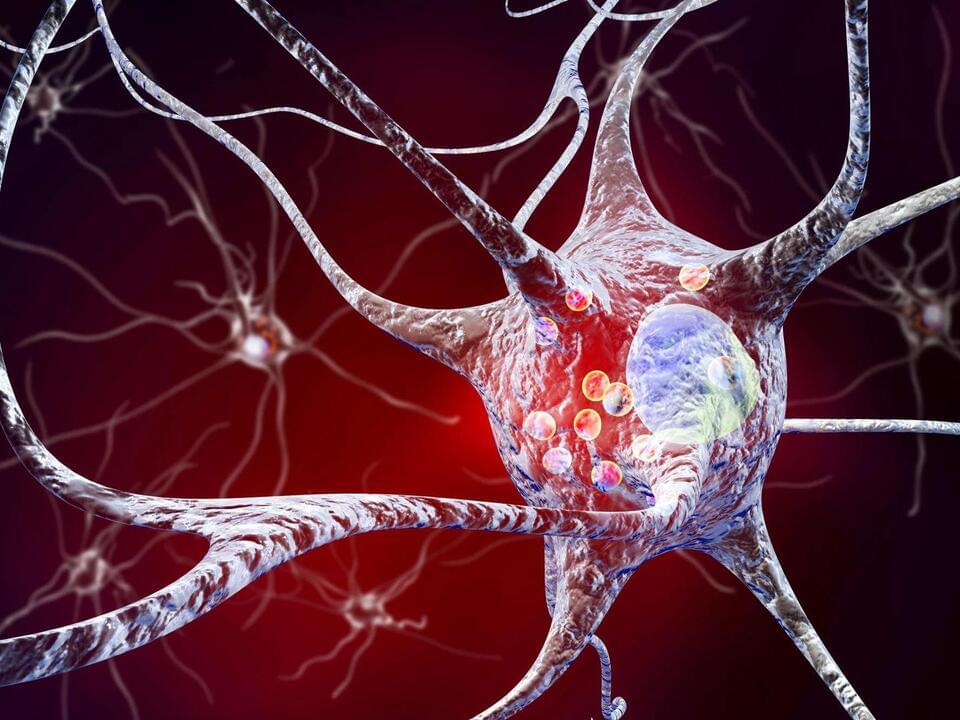Oct 8, 2024
Project Starship: Materials Engineering Challenges in Science Fiction
Posted by Dan Breeden in categories: engineering, nanotechnology, space travel
Part of the delight in reading science fiction is seeing how real science can be extrapolated to envision future technologies, whether here on Earth or in extraterrestrial environments. Starships are a ubiquitous presence in science fiction and a prototypical example of technology that can stimulate the imagination of future scientists and engineers. As a materials scientist, I am particularly intrigued by the role of various materials (metals, ceramics, glasses, polymers, nanomaterials, etc.) in building the starships of tomorrow.
The purpose of this science-meets-science fiction initiative, which we are calling Project Starship, is to deepen the connection between the scientific and science fiction communities, helping to stimulate new interest in both fields. To kick off this series of articles, Grimdark Magazine reached out to three leading voices in dark science fiction to explore the materials required for designing the starships from within their fictional universes. First up is Graham McNeill, a British novelist best known for his Warhammer 40k novels, including Nightbringer. Next is Richard Swan, critically acclaimed author of the dark science fiction trilogy, The Art of War. Finally, Essa Hansen is author of the dark science fiction series, The Graven, which begins with the critically acclaimed Nophek Gloss.
The Anatomy of a Starship.

